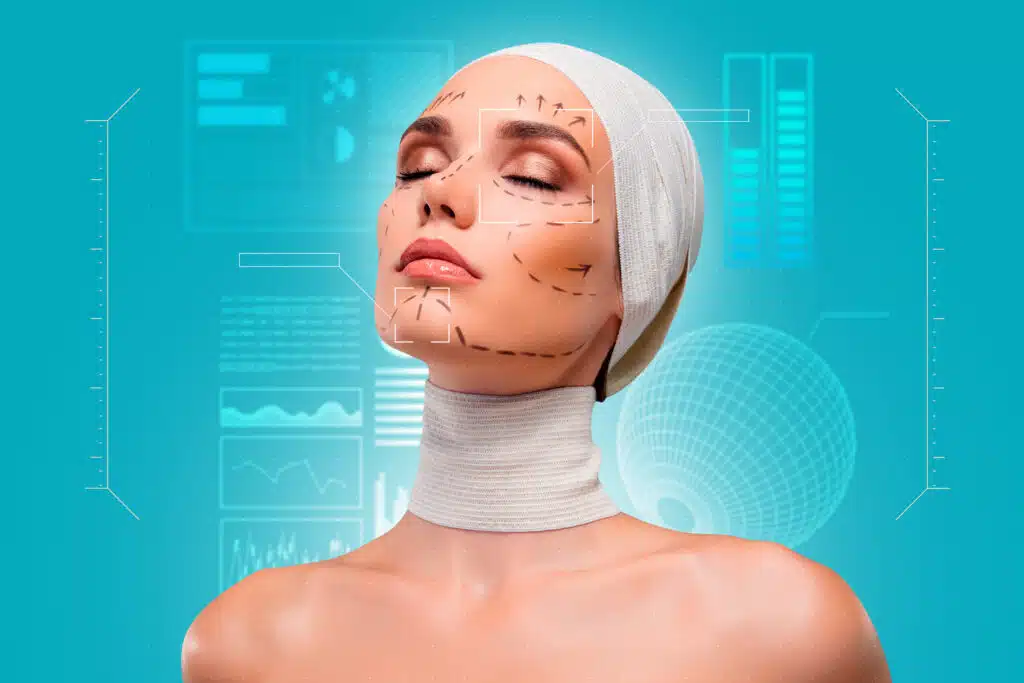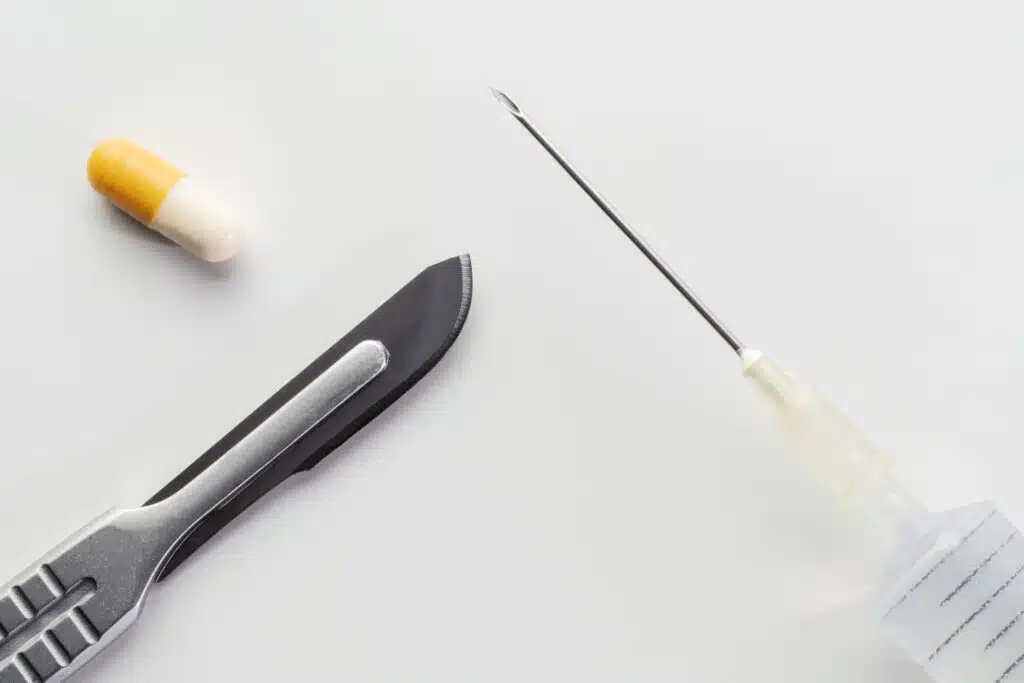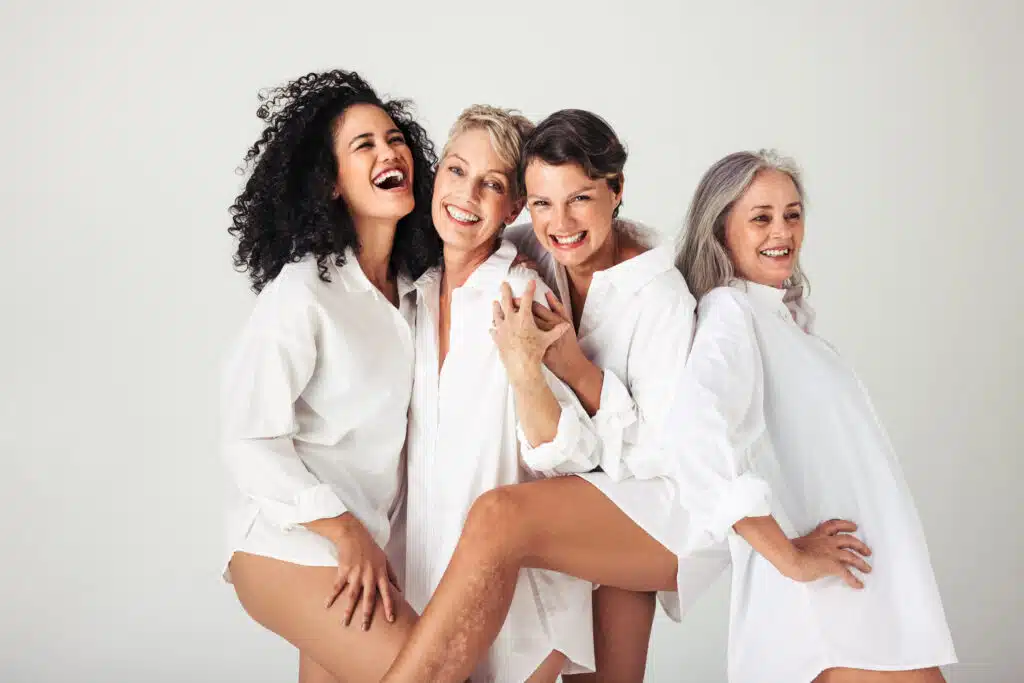It should come as no surprise that social media plays a significant role in shaping beauty standards, fueling body dissatisfaction, and increasing social appearance anxiety. With the rise of carefully curated content, edited images, and beauty filters, plastic surgery has become more common—affecting patients of all ages, some as young as 16.
The Age of Selfies, Filters, and Zoom Calls.

We live in a time when people are constantly seeing their own reflections—whether through selfies, video calls, or content creation. Social media platforms like Instagram, TikTok, and Facebook are flooded with idealized images, often enhanced by filters and photo editing. These unattainable beauty standards can create pressure to look a certain way, leading many to consider cosmetic procedures as a solution.
Beyond just personal influence, social media has also become a powerful marketing tool for plastic surgeons. Before-and-after transformations, influencer endorsements, and viral trends contribute to the normalization of cosmetic enhancements, making them seem more accessible and even desirable.
The Rise of “Instagram Face”

As you scroll through your favorite celebrity and influencer accounts, you may notice a growing trend—everyone is starting to look strikingly similar. The slim nose, chiseled jawline, high cheekbones, and plump lips have become the defining features of “Instagram Face.” While some of these features can be achieved naturally, many are the result of cosmetic procedures.
While everyone enjoys aesthetically pleasing things, we sometimes wish we looked a little more like the idealized versions we see online. However, the influx of beauty influencers promoting cosmetic treatments—often without a medical background—can lead to misleading perceptions about the process, risks, and results.
The Reality of Cosmetic Surgery
Plastic surgery, like any medical procedure, comes with permanent consequences, risks, and potential complications.

It shouldn’t be approached with a mindset of, “My favorite influencer did it, so I should too.” The decision to alter one’s appearance should be made thoughtfully, with thorough research and guidance from qualified professionals.
Mainstream media also plays a role in shaping our beauty ideals. From magazine articles to online beauty blogs, the latest cosmetic trends are constantly being discussed. While increased acceptance of plastic surgery can be empowering, allowing people to feel more confident in their own skin, it also raises concerns about unrealistic expectations and the fear of natural aging.
Aging in the Social Media Era

Aging is a natural part of life, yet fewer people seem willing to embrace it. The rise of “preventative” procedures like Botox among younger generations signals a shift in our collective relationship with aging. When social media constantly promotes a youthful, wrinkle-free appearance, it becomes harder to accept the natural progression of time.
It’s not just our faces that are scrutinized—our bodies are too. Social media perpetuates a singular, often unattainable, ideal body type. When this is all we see, we start to believe it’s the norm, reinforcing unrealistic expectations and dissatisfaction with our own bodies.
Final Thoughts
Social media has undeniably influenced the way we view beauty, aging, and plastic surgery. While cosmetic enhancements can be a personal choice that empowers confidence, it’s important to approach them with awareness and caution. The key is to make decisions based on your own desires—not because of external pressures or unrealistic comparisons.
At the end of the day, beauty is subjective, trends come and go, and the most important thing is to feel comfortable in your own skin—whatever that may look like.

